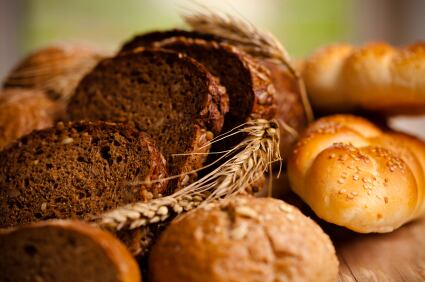Italian firm Valagro has owned Algea since 2002 – an algae business selling to food and other industrial sectors, including cosmetics and feed. The company collects and processes Ascophyllum nodosum – a brown algae found in cold Northern European waters and North America – to make extracts and phytocomplexes.
Speaking to BakeryandSnacks.com at Vitafoods Europe 2014 in Geneva, Switzerland, company industrial product manager Miriam Pasciuti said that its AlgeaFood Phyto product, launched last year, was more than just a simple salt replacer.
“You have to imagine that we do not provide just a salt substitute. We provide a nutritional function,” she said.
In research published in the Journal of Agro Food Industry High-Tech in March/April, 2014, the algae powder had been linked to a reduction of abdominal fat and lowering of triglyceride levels in humans. “The ingredient is also for well-being,” Pasciuti said.
It had been tested in two animal models (mice and rats) as well as in a clinical trial with 60 healthy female volunteers for with findings published in peer-reviewed journal Agro Food Industry High-Tech in March/April, 2014.
50% salt replacement in pizza dough
Tests had showed that 50% salt replacement in pizza dough had no taste impact. However, consumer panel tests indicated that the brown algae did impact color, and half preferred the pizza without the replacer.
“Use of this ingredient depends on the type of finished product that you want to have, and it depends on the quantity for sure. With our panel test we saw that visual was impacted for sure, but with cereal flours you cannot see the color difference as much,” she explained.
While the ingredient hadn’t been panel tested in regular breads, she said in cereal-based breads or wholegrain variants the algae would be harder to see.

Consumer acceptance of algae in bread
Asked if consumers would accept the concept of finding algae on the ingredients deck of a bread product, Pasciuti said that it depended on the region.
“The Asian markets are really close to seaweed and they normally eat it every day. In Europe, it depends on the market. For example, in the north part it’s more common to use but in the south it’s not so common. But consumption is growing,” she said.
Pasciuti said use of algae in food and cosmetics was a trend taking off and it was an ingredient that was becoming more familiar with consumers across the globe.
She said that salt replacement was “a necessity” in light of high salt consumption across Europe and the US and algae presented a sustainable alternative as food makers battled to feed a soaring population.
